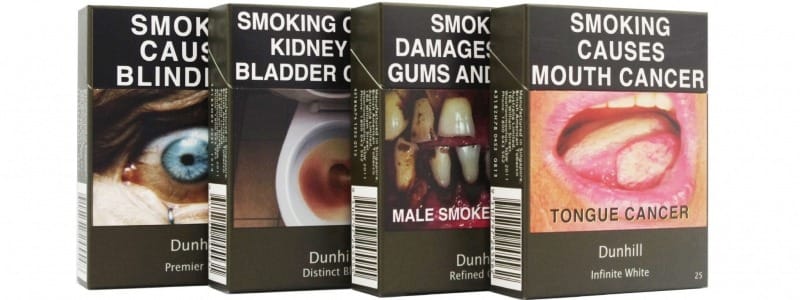
The Senedd has voted to support the Legislative Consent Motion for the Tobacco and Vapes Bill, marking a …
The Senedd has voted to support the Legislative Consent Motion for the Tobacco and Vapes Bill, marking a …
The Wales Tobacco Control Alliance is calling on Members of the Senedd to back the Legislative Consent Motion …
New findings from ASH Wales’ Annual Adult Population Survey 2025 show strong public support for tougher tobacco laws …
Parents and carers across Wales are facing new challenges when it comes to nicotine. Whether it’s disposable vapes, …
To mark National Clean Air Day (19th June), we’ve teamed up with National Trust Cymru and RSPB to …
This year’s World Environment Day theme is clear: #BeatPlasticPollution. And while bottles, bags and straws often grab the …
From 20th May 2016, tobacco products in Wales underwent a transformative change with the introduction of standardised, or plain, packaging laws. These regulations were implemented to reduce smoking rates and protect future generations from the harmful effects of tobacco.
Tobacco is the leading cause of preventable death, claiming the lives of half its long-term users. The majority of these individuals begin smoking in childhood, influenced by targeted advertising and appealing branding. Standardised plain packaging removes branding as a tool for tobacco companies, focusing attention on the health dangers associated with smoking.
In Wales, most smokers start their habit in childhood, with over 60% of current adult smokers reporting they began smoking before the age of 18. Removing the allure of branded packaging plays a crucial role in preventing young people from starting to smoke.
Descriptive terms like "lite," "natural," and "organic" often misled consumers into thinking some cigarettes were less harmful. Standardised packaging prohibits these descriptors, ensuring clearer communication about the dangers of smoking.
Plain packaging places graphic health warnings front and centre, covering 65% of the front and back of packs, and ensuring the messages are impossible to ignore. These warnings are an effective tool in encouraging smokers to quit and deterring uptake.
Smoking prevalence remains highest in Wales' most deprived communities, exacerbating health inequalities. By reducing the appeal of tobacco, plain packaging supports efforts to lower smoking rates in these areas and promote healthier futures.
On 20th May 2016, the UK implemented regulations requiring all tobacco products to comply with standardised packaging laws. This included a one-year transition period to phase out existing branded stock.
The key changes included:
All tobacco products sold in plain, drab green packaging.
Large, graphic health warnings covering 65% of the front and back of packs.
No promotional descriptors like “lite,” “natural,” or “organic.”
Cigarettes sold in packs of at least 20 sticks and hand-rolling tobacco in packs of 30 grams or more.

Your support helps us create impactful campaigns and provide free resources to schools and communities across Wales. Every donation brings us closer to a smoke-free generation.
